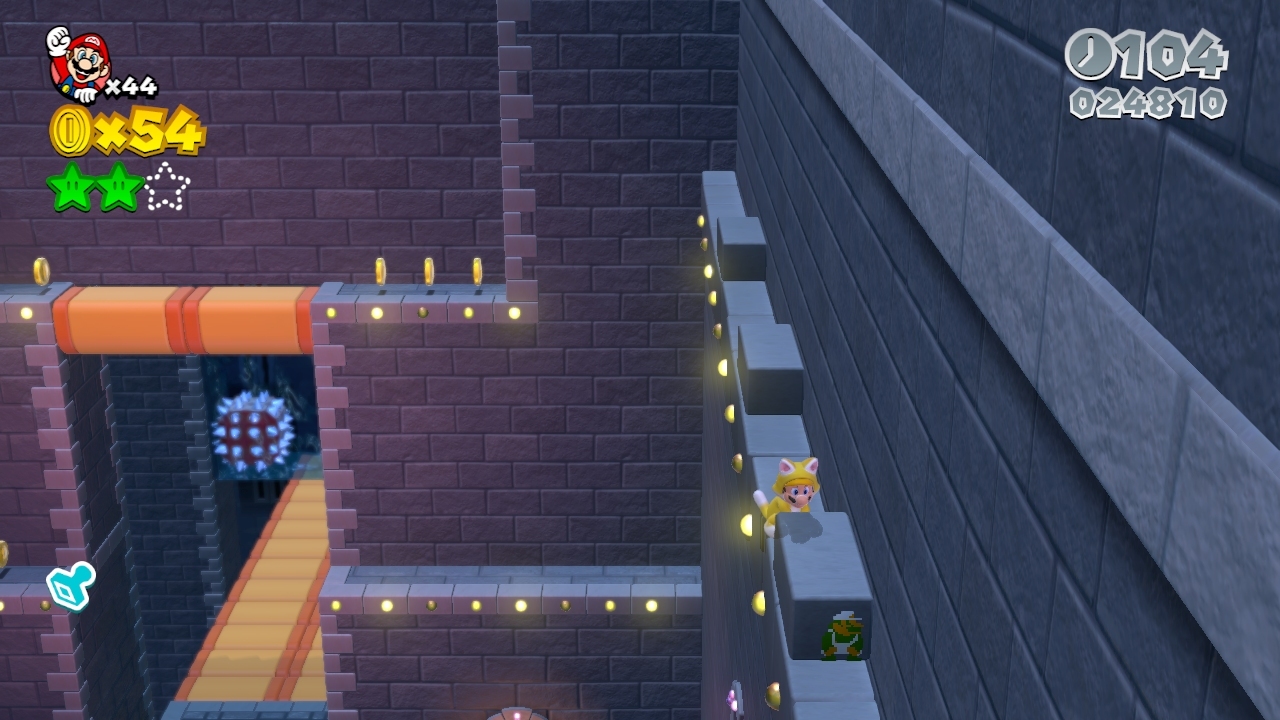theprodigy
Member
I'm sure he's bitter. Two years ago he was a regular poster in the WiiU topics. Never had any problems with him. Then last year, with the first evidence that WiiU was not what bgassassin had us believe, he started trolling it. He was banned for a while, i can only assume that had something to do with it, but i'm not sure. But i have no problem with him not liking the WiiU, thinking it is not powerful or whatnot. I do have a problem with broken logic and changing goalposts every time you're proven wrong. Launch games were made on poorly documented hardware, there was a dev saying only one core of the CPU was available, ports were made by small teams (the guys from Darksiders said with how many they were, it was an insanely low number, i think it was 4 or 5 people), usually outsourced, new to the hardware... Obviously, games would see drastic improvements over time. His notion that the hardware design is almost identical to that of the 360 is just too crazy. What have we been doing the past year in this thread of not scratching our heads that the setup was unlike anything anybody had thought of.
Log4Girlz vs DragonSworne, battle of the jaded Wii U supporters turned haters






